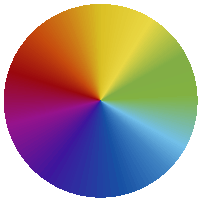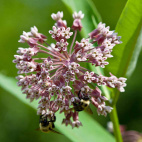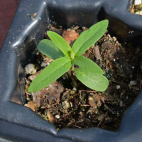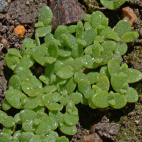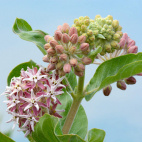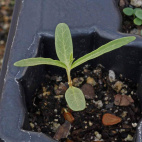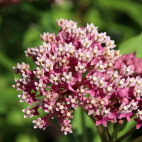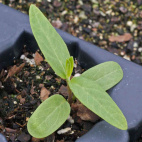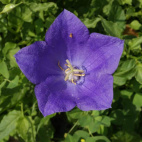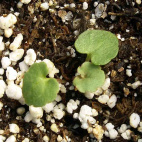Color
Availability
USDA Zone
Region
Type
Duration
Season
Germination
Soil
Sunlight
Height
Use
Narrow Your Search
Color
Availability
USDA Zone
Region
Type
Duration
Season
Germination
Soil
Sunlight
Height
Use
Wildflower Seeds - Northern Region
The Northern region is home to our Canadian friends in the eastern provinces, as well as the northern-most part of the Eastern US. This area is characterized by a long, cold winter with lots of snow, and a short humid summer that only lasts about 3 or 4 months. Most of the area is classified as a UDSA Growing Zone 4 or less, and the species that grow here have interesting ways to perpetuate themselves in spite of the short growing season. There are a lot of forests and wetlands in this region, so adequate moisture is hardly ever a problem. Look up your growing zone to make sure that the Northern wildflower seeds that you want to grow are winter hardy. Alternatively, just order annual flower seeds online so that the plant does not need to make it through the winter, but can reseed itself and come back from seed the next year.
-
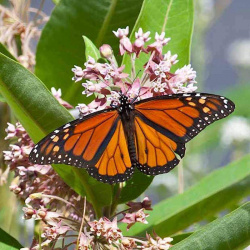 Common Milkweed Seeds
Asclepias syriaca
This familiar wildflower is a significant food source for monarch caterpillars and butterflies, and so it is used for butterfly gardens and waystations. This common variety spreads easily, but most gardeners do not mind if it spreads a bit.Quick View$3.48 Pkt - $12.65 / Oz
Common Milkweed Seeds
Asclepias syriaca
This familiar wildflower is a significant food source for monarch caterpillars and butterflies, and so it is used for butterfly gardens and waystations. This common variety spreads easily, but most gardeners do not mind if it spreads a bit.Quick View$3.48 Pkt - $12.65 / Oz -
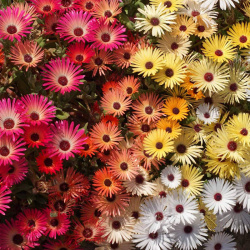 On Sale!
Ice Plant Seed Mix
Mesembryanthemem criniflorum
This plant's unusual name was most likely inspired by the crystal-like texture of its foliage. This vibrant annual also produces masses of daisy-like flowers in red, orange, yellow, pink, white, or purple.Quick View$2.98 Pkt - $8.20 / Oz
On Sale!
Ice Plant Seed Mix
Mesembryanthemem criniflorum
This plant's unusual name was most likely inspired by the crystal-like texture of its foliage. This vibrant annual also produces masses of daisy-like flowers in red, orange, yellow, pink, white, or purple.Quick View$2.98 Pkt - $8.20 / Oz -
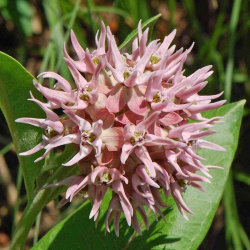 Showy Milkweed Seeds
Asclepias speciosa
A popular native wildflower in western North America, Showy Milkweed commonly occurs on rocky slopes, woodland areas, or streams. The sweet-scented pink blossoms draw many butterflies, so you will want this in your garden if you like butterflies!Quick View$3.48 Pkt - $17.72 / Oz
Showy Milkweed Seeds
Asclepias speciosa
A popular native wildflower in western North America, Showy Milkweed commonly occurs on rocky slopes, woodland areas, or streams. The sweet-scented pink blossoms draw many butterflies, so you will want this in your garden if you like butterflies!Quick View$3.48 Pkt - $17.72 / Oz -
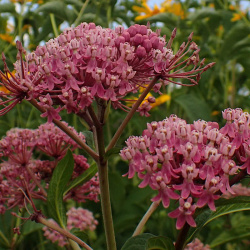 On Sale!
Swamp Milkweed Seeds
Asclepias incarnata
These showy, pink flowers give off a sweet scent similar to cinnamon or vanilla. Attractive to butterflies, this variety flourishes in swamps or along streams, so it is a great option for a butterfly plant in a wet setting. Swamp milkweed plants are a staple of many wetland plantings.Quick Viewx
On Sale!
Swamp Milkweed Seeds
Asclepias incarnata
These showy, pink flowers give off a sweet scent similar to cinnamon or vanilla. Attractive to butterflies, this variety flourishes in swamps or along streams, so it is a great option for a butterfly plant in a wet setting. Swamp milkweed plants are a staple of many wetland plantings.Quick ViewxSwamp Milkweed Seeds
Asclepias incarnata
These showy, pink flowers give off a sweet scent similar to cinnamon or vanilla. Attractive to butterflies, this variety flourishes in swamps or along streams, so it is a great option for a butterfly plant in a wet setting. Swamp milkweed plants are a staple of many wetland plantings.
$3.48 Pkt - $14.49 / Oz -
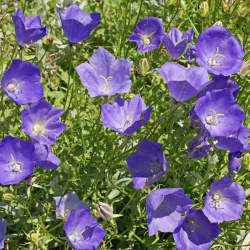 Tussock Bellflower Seeds
Campanula carpatica
A petite plant, this little gem makes a lovely addition to rock gardens. The open purple bells, with a subtle sweet scent, adds to its charm. It is great for small spaces.Quick View$3.25 Pkt - $16.57 / Oz
Tussock Bellflower Seeds
Campanula carpatica
A petite plant, this little gem makes a lovely addition to rock gardens. The open purple bells, with a subtle sweet scent, adds to its charm. It is great for small spaces.Quick View$3.25 Pkt - $16.57 / Oz
The Northern region is home to our Canadian friends in the eastern provinces, as well as the northern-most part of the Eastern US. This area is characterized by a long, cold winter with lots of snow, and a short humid summer that only lasts about 3 or 4 months. Most of the area is classified as a UDSA Growing Zone 4 or less, and the species that grow here have interesting ways to perpetuate themselves in spite of the short growing season. There are a lot of forests and wetlands in this region, so adequate moisture is hardly ever a problem. Look up your growing zone to make sure that the Northern wildflower seeds that you want to grow are winter hardy. Alternatively, just order annual flower seeds online so that the plant does not need to make it through the winter, but can reseed itself and come back from seed the next year.


